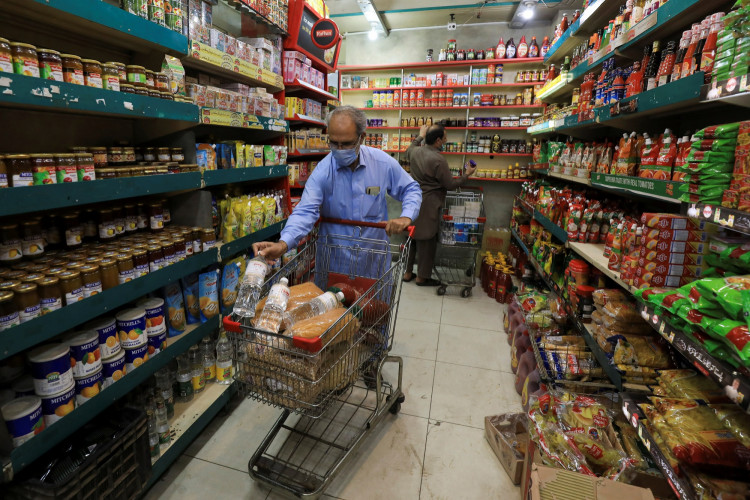In a recent turn of events that could influence Federal Reserve policy decisions, consumer prices in January witnessed a rise that exceeded expectations, primarily driven by persistent increases in shelter costs. The Labor Department reported a 0.3% increase in the Consumer Price Index (CPI) for the month, with an annual rate reaching 3.1%, a slight reduction from December's 3.4% but still above the forecasts by economists who anticipated a more modest monthly rise of 0.2% and an annual rate of 2.9%.
Core CPI, which excludes the more volatile food and energy sectors, saw a 0.4% monthly acceleration and a 3.9% year-over-year increase, again surpassing predictions. The data revealed that shelter prices, accounting for about a third of the CPI weighting, were the primary contributors to this uptick, with a significant 0.6% monthly rise translating to a 6% increase on a 12-month basis.
This unexpected inflationary pressure sent ripples through financial markets, with stock futures and Treasury yields reacting negatively to the news. The inflation figures pose a challenge to the Federal Reserve, which has been cautiously optimistic about inflation retreating to its 2% target, largely based on the expectation that shelter costs would decelerate. January's figures, however, suggest that the path to easing inflation may be more complex than anticipated.
The Fed has been walking a tightrope, aiming to balance its monetary policy to combat inflation without stifling economic growth. Recent statements from Fed officials, including Chair Jerome Powell, have emphasized a data-driven approach, indicating that the central bank's future actions will closely align with emerging economic indicators rather than preconceived expectations.
Market analysts had been leaning towards predictions of rate cuts beginning as early as May, with a total of five quarter-percentage point reductions expected by the end of 2024. Yet, several Fed officials have expressed that a more conservative approach of two or three cuts might be more realistic, given the current economic landscape.
The inflation report also highlighted other areas of concern, such as food prices, which saw a 0.4% increase from December to January. Meanwhile, energy prices offered a slight reprieve, dropping by 0.9% due to a significant decrease in gasoline prices. Despite these mixed signals, the overarching trend of higher-than-anticipated inflation underscores the enduring challenges the Fed faces in navigating the post-pandemic economic recovery.
As the Federal Reserve continues to assess the evolving economic situation, the latest CPI data will undoubtedly play a crucial role in shaping the central bank's policy direction in the coming months. With inflation rates still above the Fed's target and core inflation remaining stubbornly high, the central bank's next moves will be closely watched by investors and policymakers alike.






